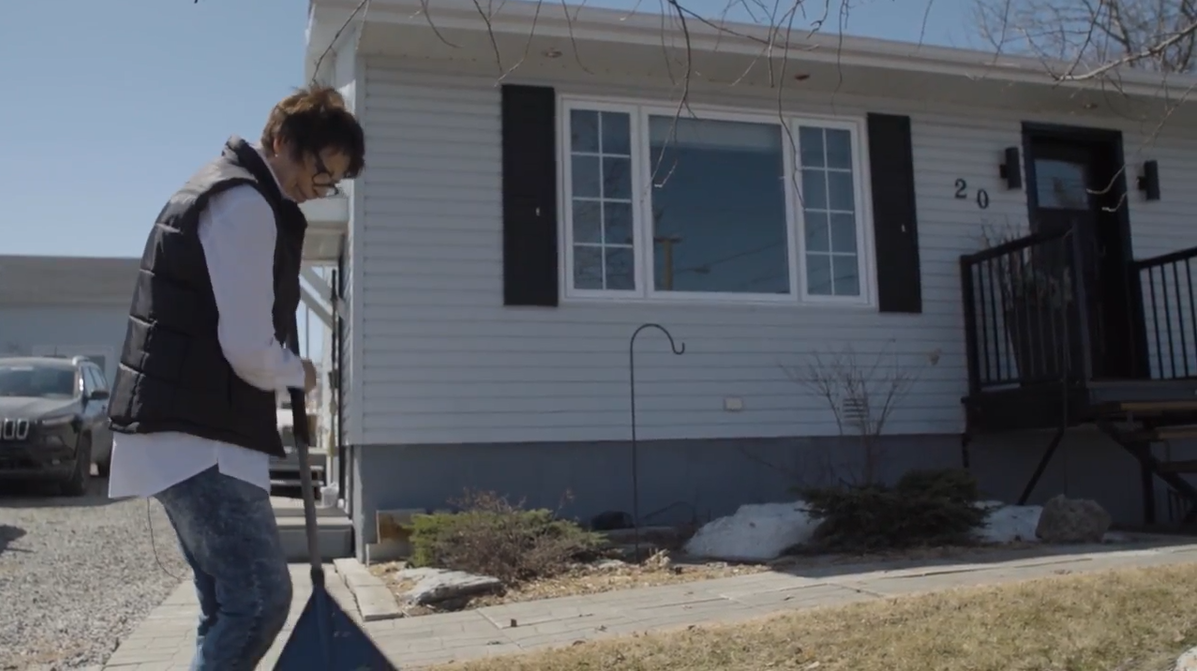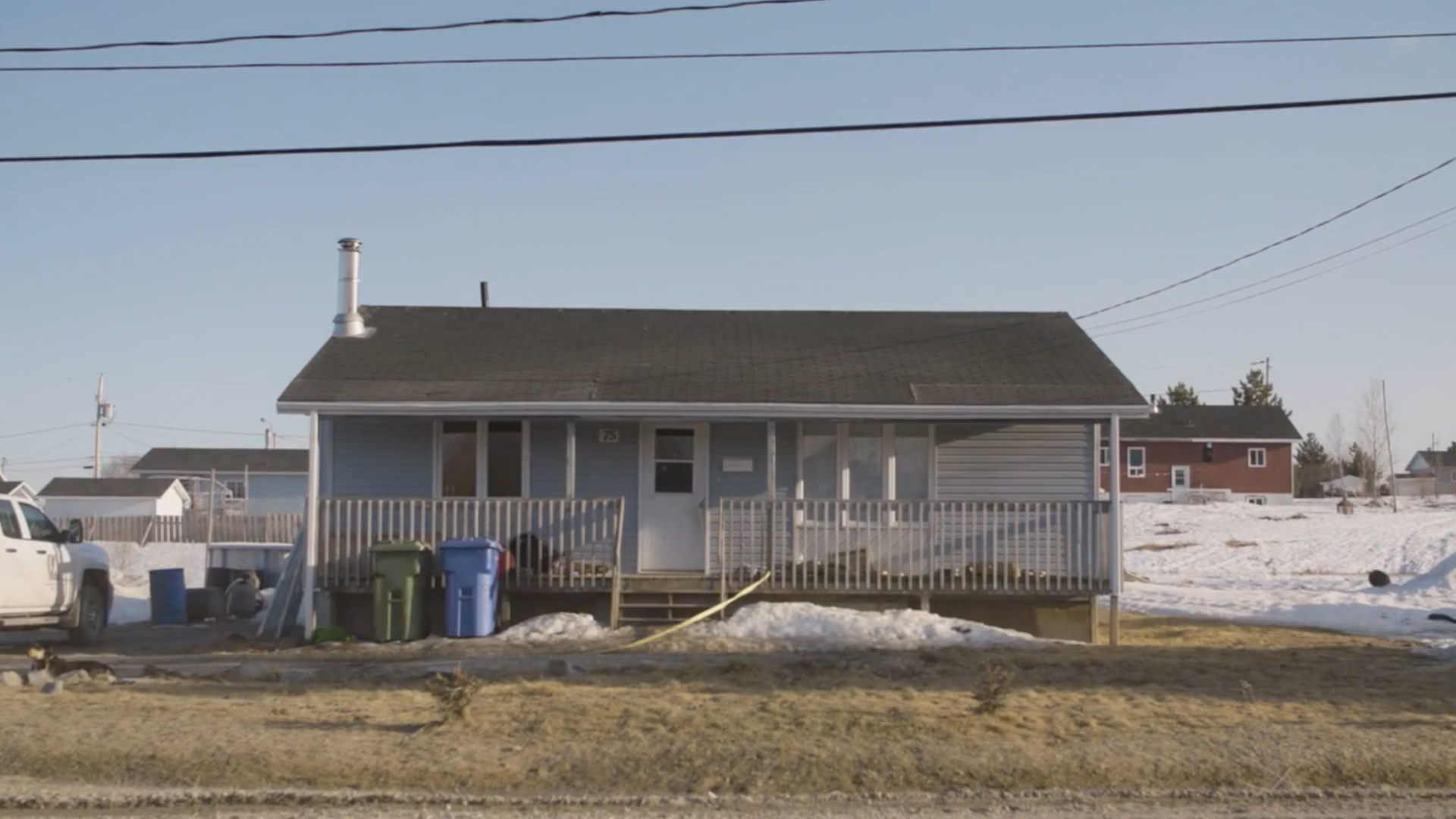
In better times for Canada, when safe, affordable and adequate housing was in far greater supply and taken for granted by most Canadians, First Nations housing was already in deep crisis. From the very creation of reserves, multi-year waitlists for substandard, overcrowded and inadequate housing have been the norm.
The problem has only compounded: increasing numbers of First Nations members are leaving their communities, taking with them the skills and talents needed for economic and social development. The National Inquiry into Missing and Murdered Indigenous Women has revealed the tragedy of young women risking, and often losing, their lives trying to escape the side effects of dismal housing conditions.
Government housing programs focus primarily on social housing and core shelter needs, with units not built to last, not built for climate emergencies and not even built for energy efficiency. Past efforts have barely made a dent in the growing housing backlog: 130,000 homes are needed over the next 10 years, according to the Assembly of First Nations.
More efficient solutions based on personal responsibility for housing have appeared in a few First Nations, most of them with minimal or no government support.
Some date back more than two generations and have raised homeownership rates to levels comparable with the rest of Canada. In some cases, they have achieved this by maxing out the communities’ ability to guarantee bank loans. In others, Indigenous-to-Indigenous housing finance instruments were created. But with no access to market sources of capital, neither approach has been able to grow or spread to other communities.
A new initiative called Yänonhchia’, the Huron-Wendat word for longhouse, proposes a way to scale up Indigenous-to-Indigenous solutions. Its name is a reminder that First Nations have a long and proud history of sustainable housing, even in the most extreme climate and environment. Yänonhchia’ is about reconnecting with that tradition and with the self-sufficiency that was at the heart of it.
The success of Kebaowek
The community of Kebaowek, in the Abitibi-Témiscamingue region of Quebec, is fortunate. A good number of its members are employed and the community embraced homeownership early when costs were lower.
For one of us, Lance Haymond, the marking moments in my life included seeing the pride on my parents’ faces when they built our home and again when they made their final payment in purchasing their house. Just recently, I saw the same pride on my son’s face when he was selected by the housing department to build his own house in the community.
Why selected? Because in Kebaowek, like in almost all other First Nations in Canada, it’s not enough to have the income, the credit score and the desire to own your home. The government of Canada’s subsidized mortgage insurance is not available there, nor are first-time home-buyer saving plans and incentives.
Commercial banks will finance homes only if they are guaranteed by the First Nation. So Kebaowek, which is not rich but is a financially stable community of 1,200 members, has been put in the position of having to underwrite the mortgages of its members, something no other town, municipality or large city in Canada has to do or could afford to do.
Because of this obligation, Kebaowek can afford to underwrite only three to four members each year to become homeowners. The contingent liabilities against homeownership loan guarantees already represent 35 per cent of Kebaowek’s annual funding and are growing quickly with the rise in construction costs. The accumulated liabilities undermine the community’s borrowing capacity for social housing and for economic development.
This means wait times for the opportunity to build a home in Kebaowek – currently four years – are set to increase dramatically.
ABSCAN and Yänonhchia’: a new paradigm
The other approach, Indigenous-to-Indigenous lending, has enabled a select group of innovative First Nations communities to eliminate dependency on communal housing with First Nations-managed revolving housing loan funds, a social finance instrument that existed long before social finance became a thing. Wendake, near Quebec City, is one such community.
The Aboriginal Savings Corporation of Canada (ABSCAN) is a Wendake-based Indigenous-designed and Indigenous-led non-profit. Since 2005, it has invested more than $25 million of First Nation members’ savings in housing, first in Wendake, where the revolving housing fund was unable to keep up with the growing demand, and then in a group of First Nations starting on the same journey toward housing self-sufficiency. ABSCAN has incurred no losses and operates without mortgage guarantees from the First Nations involved.
This approach works in communities where banks won’t go and where the federal government refuses to back loans. But for ABSCAN to grow and expand to other communities, increased access to capital is essential.
This is why ABSCAN and like-minded Indigenous financial institutions are now working on the development of Yänonhchia’, accompanied by the National Aboriginal Capital Corporations Association, the McConnell Foundation, the federal government, reconciliation-focused investors and capital market experts. The goal is to scale up ABSCAN’s innovative model of Indigenous-to-Indigenous housing finance and make it available across Canada.
This new paradigm holds the promise of transformational change for First Nations housing nationally and provides a path to unlock the great potential that would come with private responsibility for housing. The potential benefits have long lain dormant for lack of access to the tools, levers and support that other Canadians take for granted.
The need for Indigenous-led housing
Community self-determination can address the Northern housing crisis
The blueprint to address systemic racism in First Nations’ housing
Our proposal for Yänonhchia’ calls for an initial seed contribution of $150 million from the federal government and continued support to grow operations to self-sufficiency levels of $500 million within 10 years, the scale required to activate access to capital-market solutions for continued growth.
Participating Indigenous financial Institutions are part of a national network that has provided more than $3 billion in business loans across Canada over the last 30 years. They would generate and manage housing loans that meet mainstream loan requirements, and help individuals and communities to accelerate the change in housing culture.
More than $7 billion in loans are planned over 20 years, a volume sufficient to fundamentally transform how First Nations housing is done.

A First Nations-led solution
First Nations can be, want to be, and need to be a part of the solution to addressing the housing crises in our communities. This includes government efforts to close the housing gap with massive investments in social and emergency housing.
We need to move beyond crisis management. To reap the economic benefits of increased First Nations housing activity for First Nations and for the rest of Canada, the federal government needs to pull out all the stops and use all its levers to activate First Nations-designed and -led solutions that provide their members with an equivalent to the tools and opportunities that are available to all Canadians. Call it fairness. Call it enlightened self-interest.
This article is part of a series called How does Canada fix the housing crisis?










